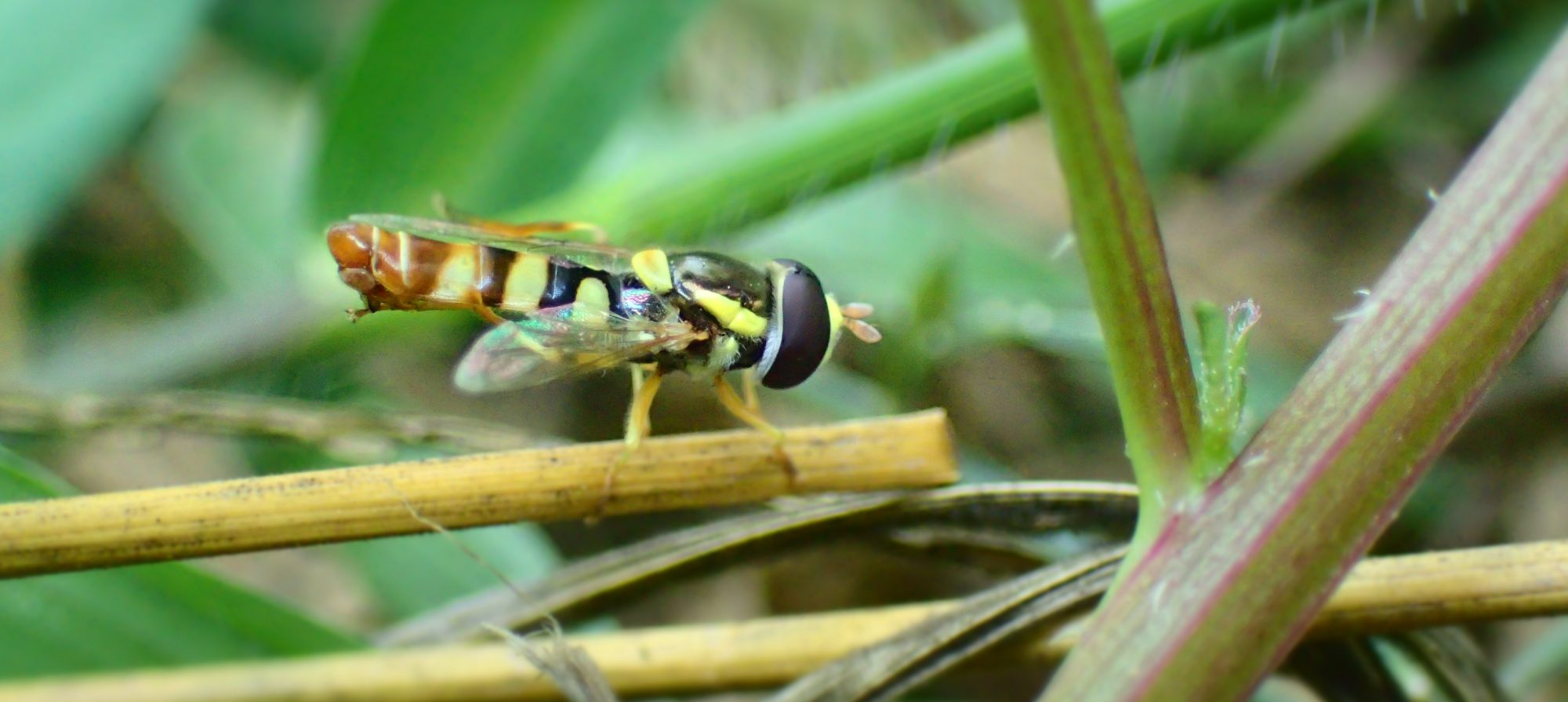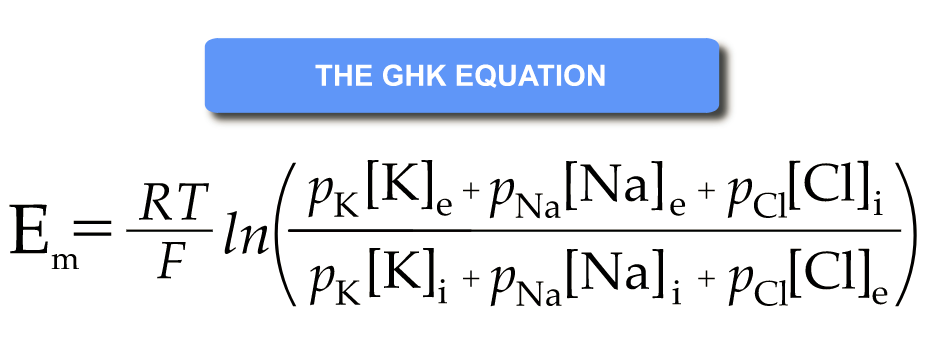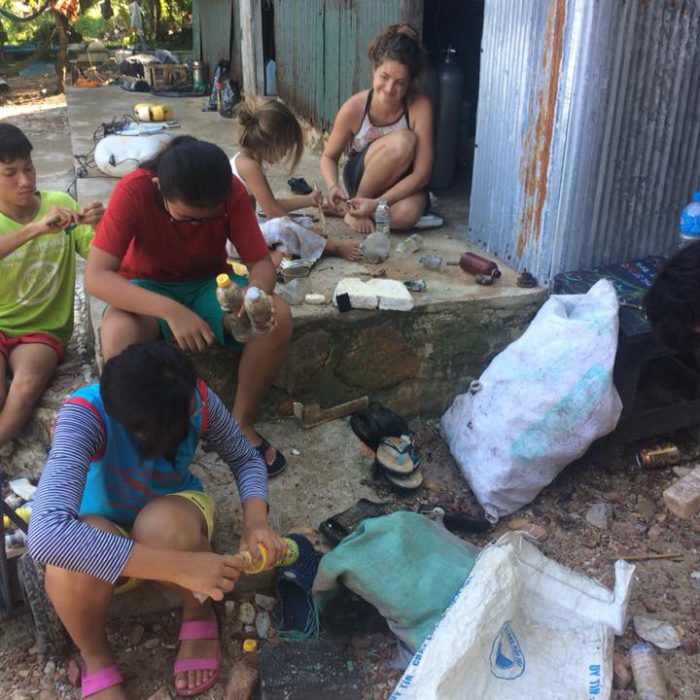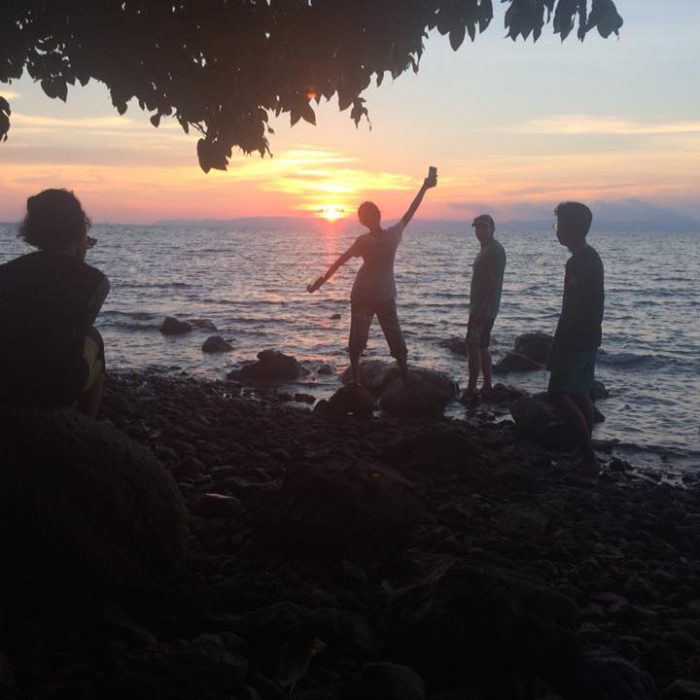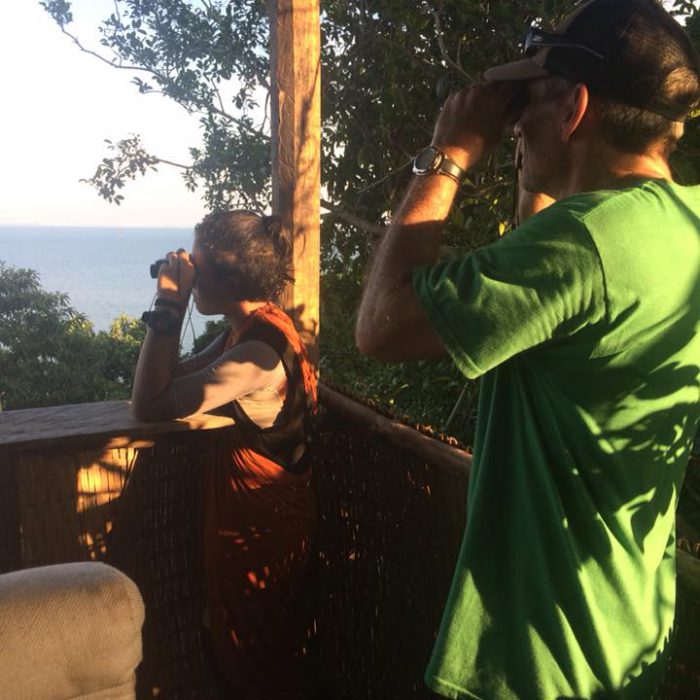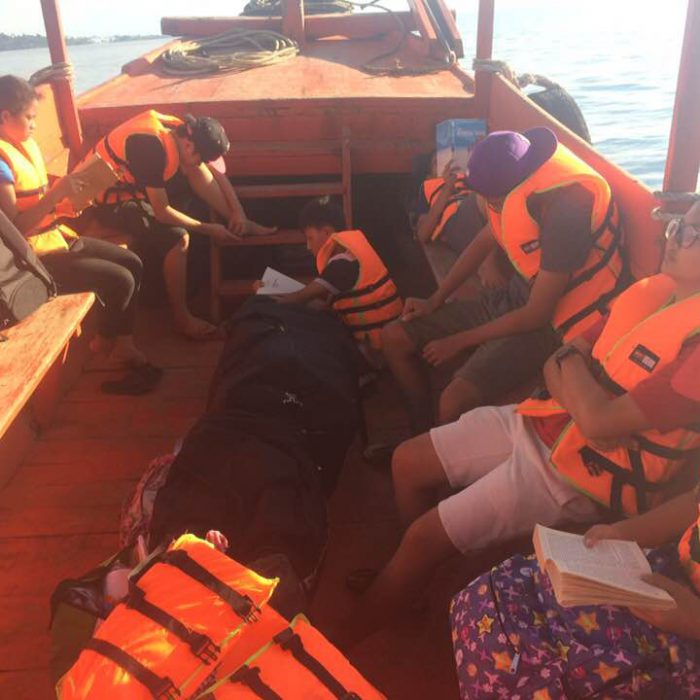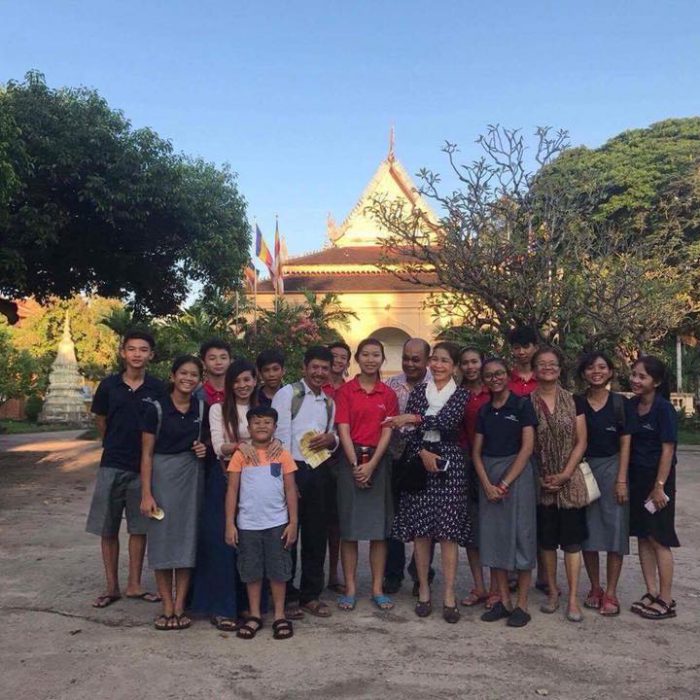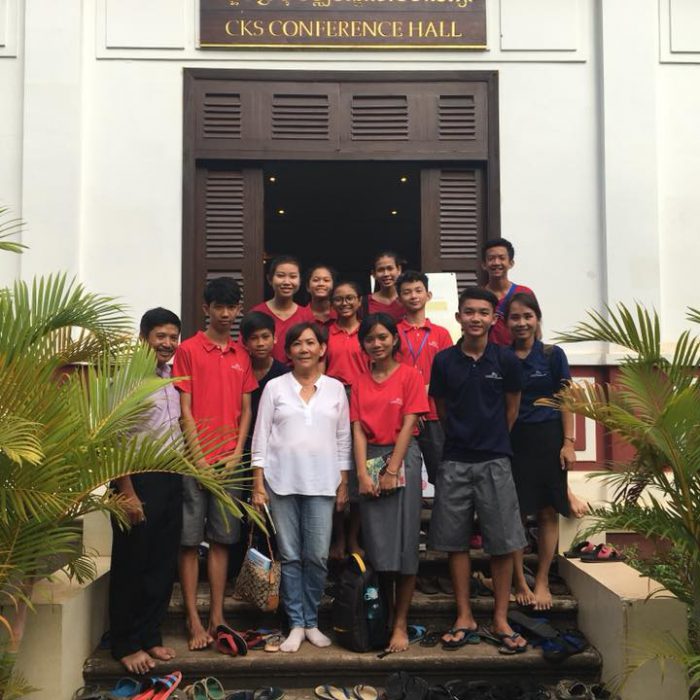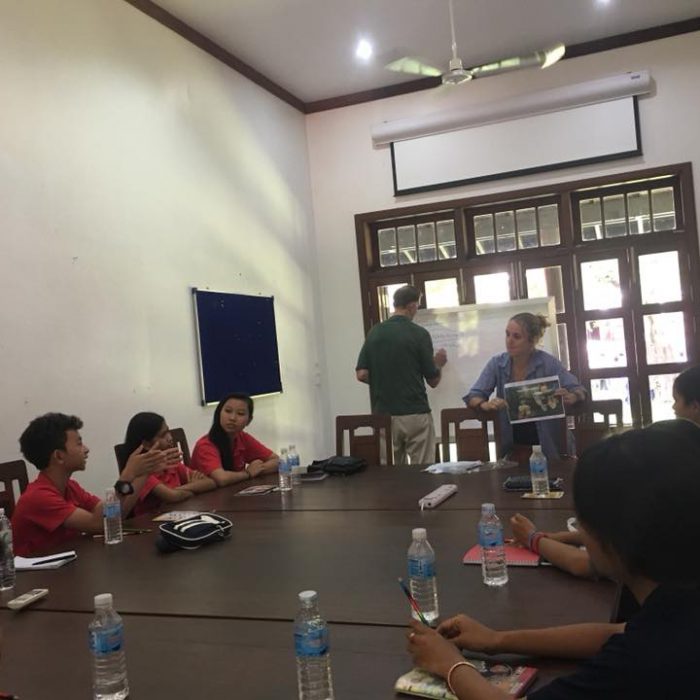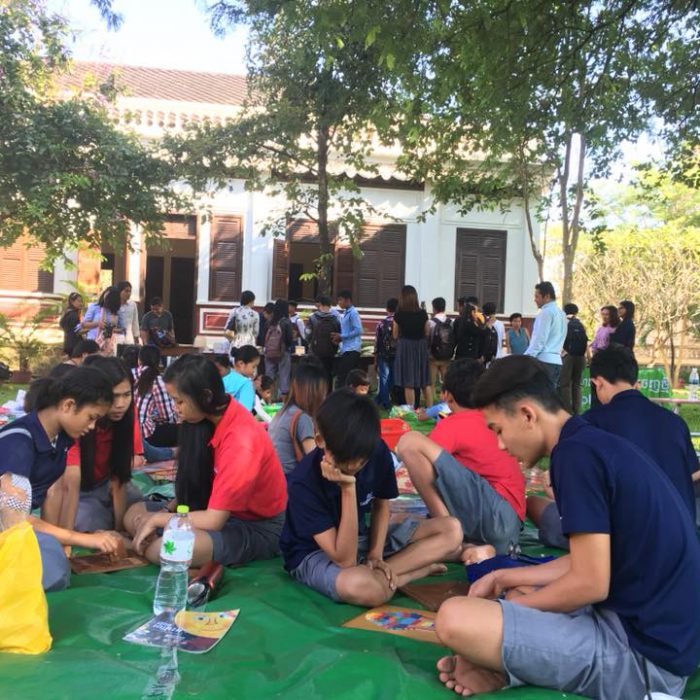School gets more intense as we get older. In this school year, the first year of high school I had been in a lot of explorations that have the potential to make changes in Cambodia, for instance, the Game Design, and Waste Management exploration.
It might sound silly to say being in a Game Designing exploration has the potential to make changes Cambodia, but this exploration does has the potential to shape this country. Through this exploration, we found that not many public school students have the knowledge of climate change and how it affects us. Due to this fact, and the fact that climate change is a current global problem we decided to make a game that is aimed to be fun and educational. So far, it isn’t completely done yet, but hopefully it will be ready shortly. Through playing this climate change board game that we had created, the students or anyone can learn about climate change and/or review anything they wish to. I and my team strongly believe that this game will raise the awareness of climate change, and perhaps get people to take action no matter if it is big or small. There were lots and lots of challenges in this exploration, but over time we learned to solve them.We have our favorite quote of our exploration that states, “Failing is not trying.” This quote kept me and my team to try and do things at risk and overcome our “fear of failure”. An example of something we did was when we change the mechanics of the game or changing parts of the game without being afraid of failing, all we did was play-test the game and see if it works or taking the game to the next level. As mentioned before, the game isn’t completly, but hopefully, it will be in the near future because the only work that need to be done is getting it manufactured and/or improve the game because improvements never stop.
Waste Management is also a good example of a Changing-Cambodia exploration. The goal of the exploration is to educate farmers about the importance of waste management and how they can use their organic waste to turn it into something beneficial___compost. I really hope that this exploration will help to improve the environmental status, because if more people are making compost, then the amount of trash in the community will be reduced and the organic waste will help to save people’s money and potentially bring them money through selling their compost. To accomplish this goal, our team interviewed a lot of people about compost and their waste management method as well as trying to find the potential supplier(s) and buyer(s) of compost. Through this, our exploration will be able to start the project at a small scale to prove people that this project can really have positive effects for both, the people and the environment, so we will be able expand the project into a larger scale. As many people might have noticed, trash and waste is a really big problem in Cambodia especially plastic, if this exploration can really work some unestimated amount of trash would be reduced and someplace might become less aromatic.
Overall I feel as though I became an adult this year. I feel so much wiser now although I can get very silly sometimes. I feel like I and the rest of liger students are making some really good move for making big changes in Cambodia, our national country. Not only that I feel proud of myself and other Liger students, I feel proud of my village. Recently, there had been a dance club almost directly in front of my house. The club was made for anyone at any age to go and dance every evening as their exercise. I thought the idea of a dance club is a great one, because many middle-aged and old people around my village have diabetic and/or hypertension disease, and exercising is a really good thing for them. Seeing this change the people are making in my village inspire me to think of something to do as a change agent. I at least distribute the scoliosis papers during the summer break, but I am hoping to come up with something big and change my village. I had been thinking about making a community saving, where a group of people would save money together and anyone could borrow the money anytime without having to pay interest, but the payment time have to decided by the group. Through, observation I realized that my idea would take a long time to get it to work. Most people there don’t like saving money, and in fact, they like to borrow the money from the bank, the fact that they have to pay to the bak monthly motivated to work harder. These habit and mindset is really hard to change. Often, when I talk to the elder they would tell me to stay out of their business.
Though my plan didn’t work, I will be looking changes to make in my community and in Cambodia. I believed that, everyone can see a lot that could be done better in a small area, and anyone could make a change. I will be watching how my country grow, as I try to help it grow. Soon I’ll be an adult, then I can get in the adult business and give people suggestion more effectively with my new appearance.
